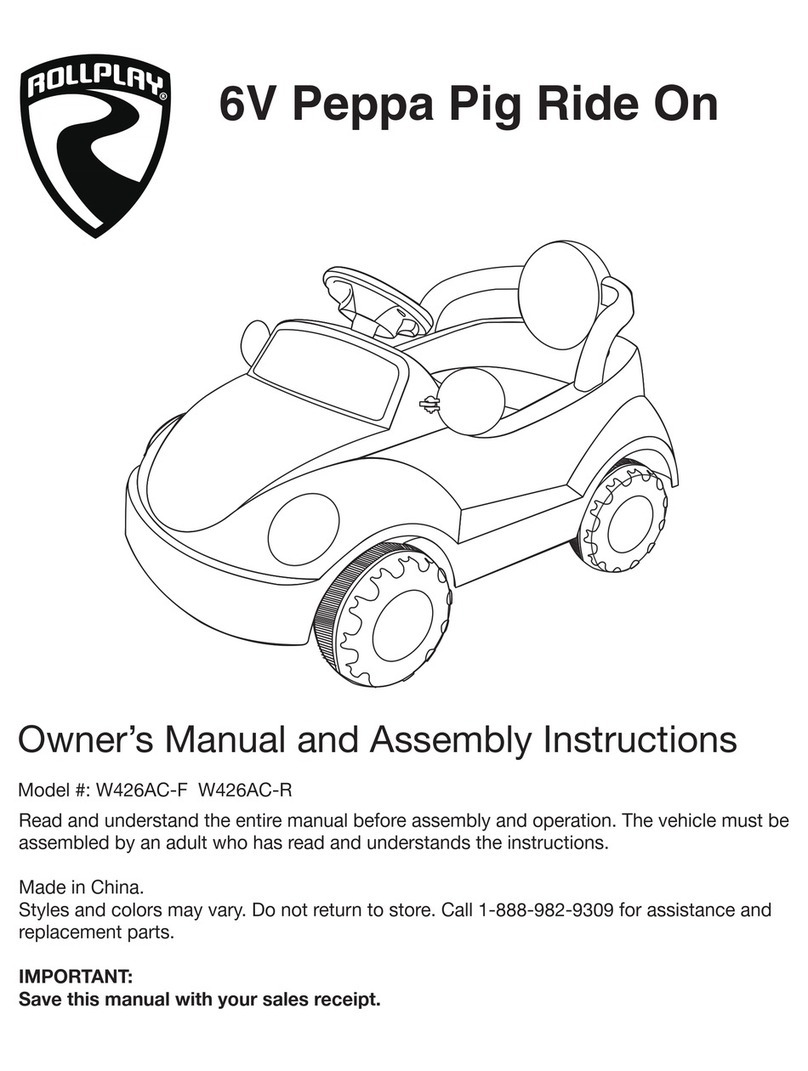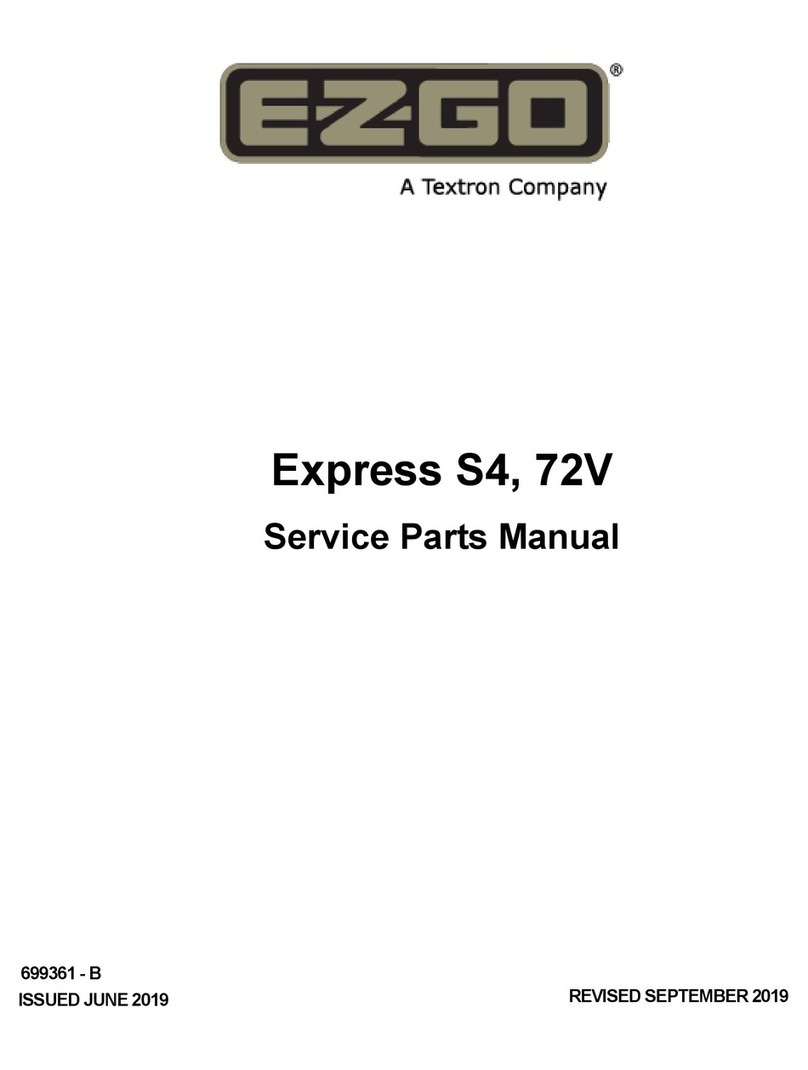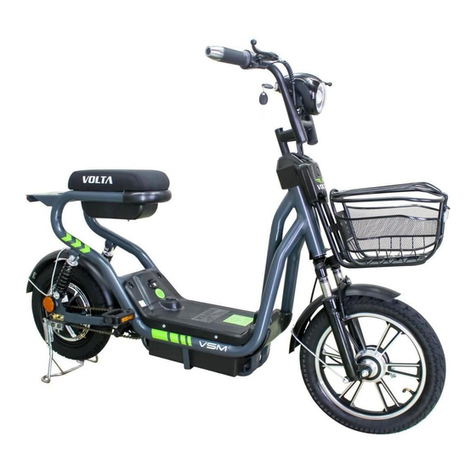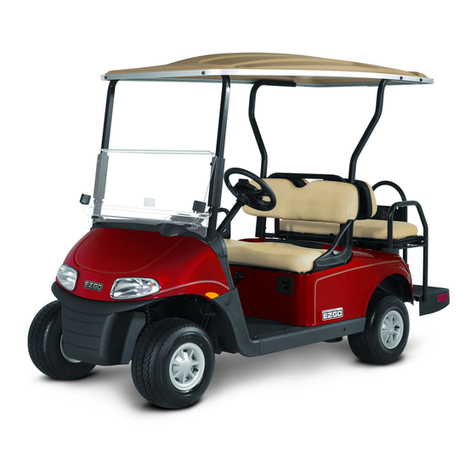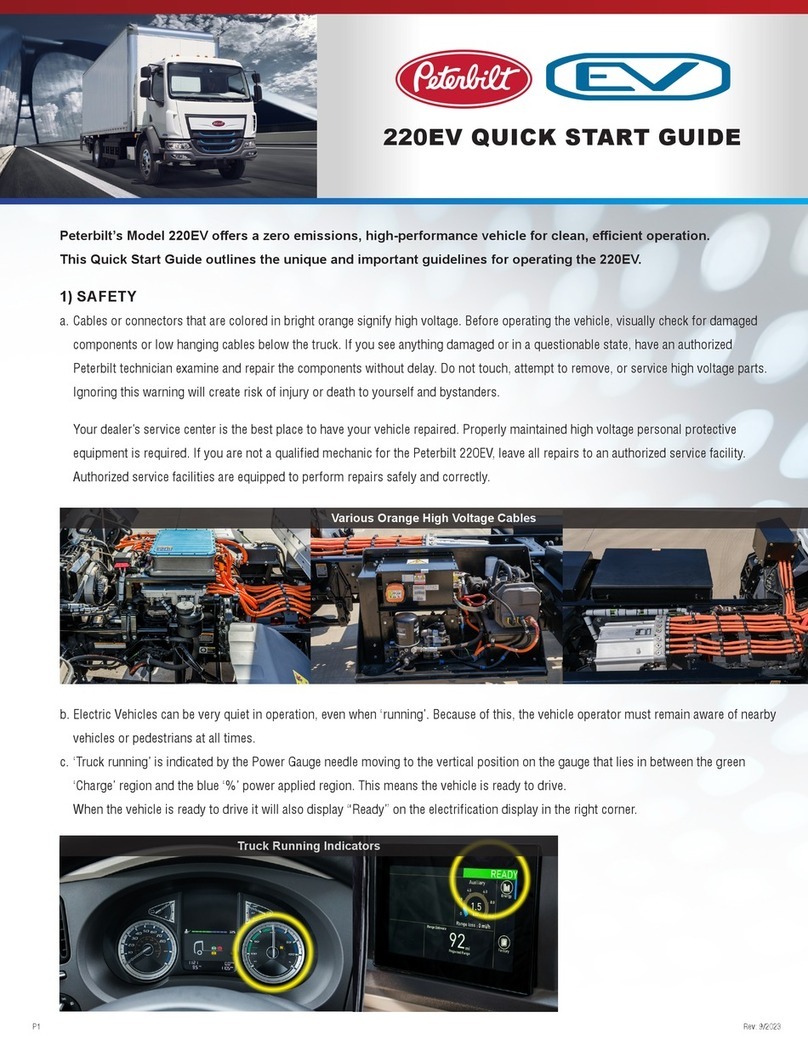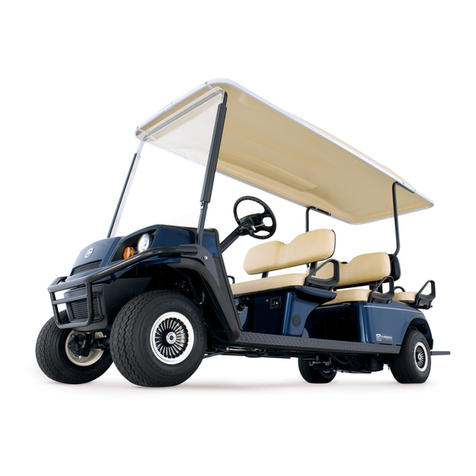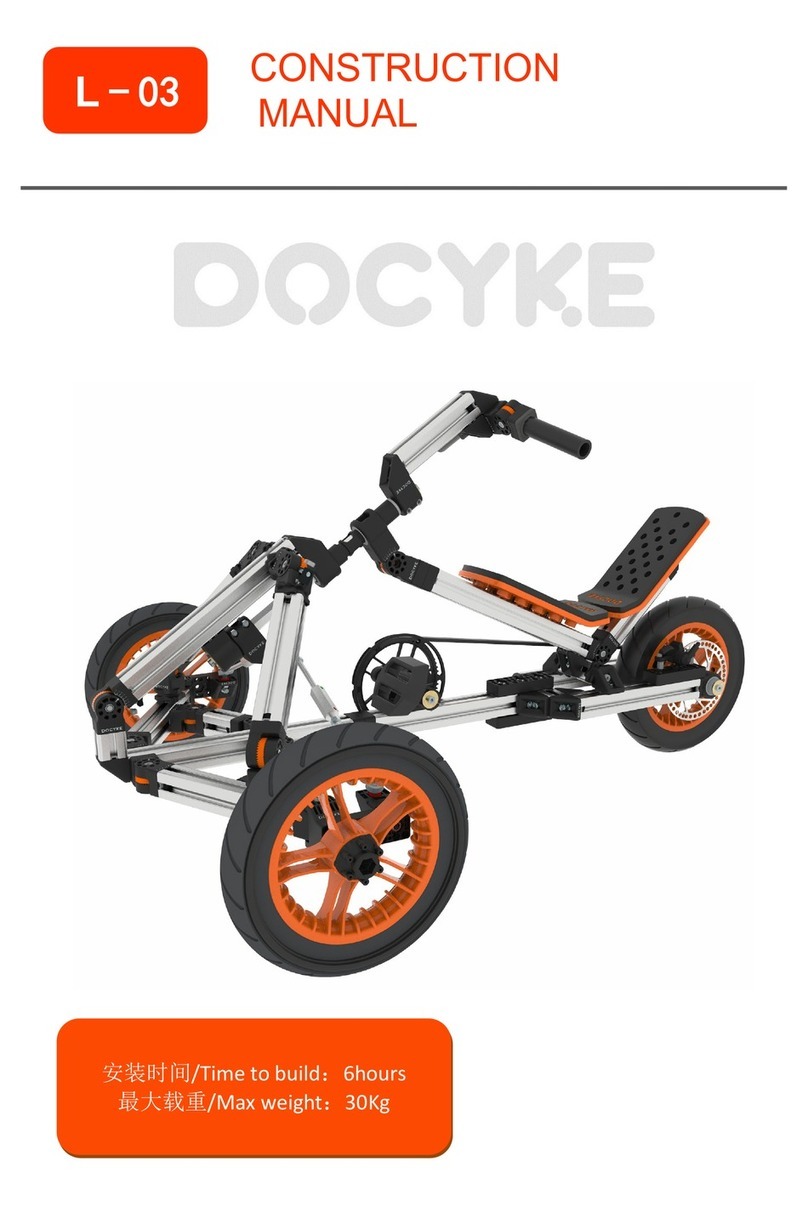
CONTENTS, FIGURES, TABLES
~ 10 ~
TABLE OF CONTENTS
1VEHICLE IDENTIFICATION NUMBER (VIN) AND SERIAL NUMBER 2
2VANISH QUICK START GUIDE 3
3THE AYROSync™ EXPERIENCE 5
4LIMITED WARRANTY, SUMMARY 6
5CARGO WEIGHT LIMITS 8
6INTRODUCTION 15
6.1 AYRO Customer Service 15
6.2 For Reference Only 15
6.3 Abbreviations, Acronyms, Definitions 16
6.4 Compliance (NHTSA) 16
6.5 Applicability 17
6.6 Theory and Principles of Operation 17
6.6.1 The Electric Motor and Lithium-Ion Baery Pack 17
6.6.2 The Drivetrain 17
6.6.3 Speed 18
6.7 Charging System 18
6.7.1 Lithium-Ion vs Lead-Acid 18
6.8 Regenerative Braking, (if so equipped) 18
6.9 AYRO Wheels and Schlägernull™ Tires 19
6.11 Options 19
6.12 Important Operating Notes 20
6.13 Extend the Life of Your Batteries 20
6.14 Reduce Your Risks While Operating 20
7SAFETY SIGNAL WORDS AND SYMBOLS 22
8SAFE OPERATION OF YOUR VEHICLE 23
8.1 California Proposition 65 Warnings 23
8.2 Safety Labels and Locations 23
8.3 Safety Labels, Common to LSV and Non-LSV 24

